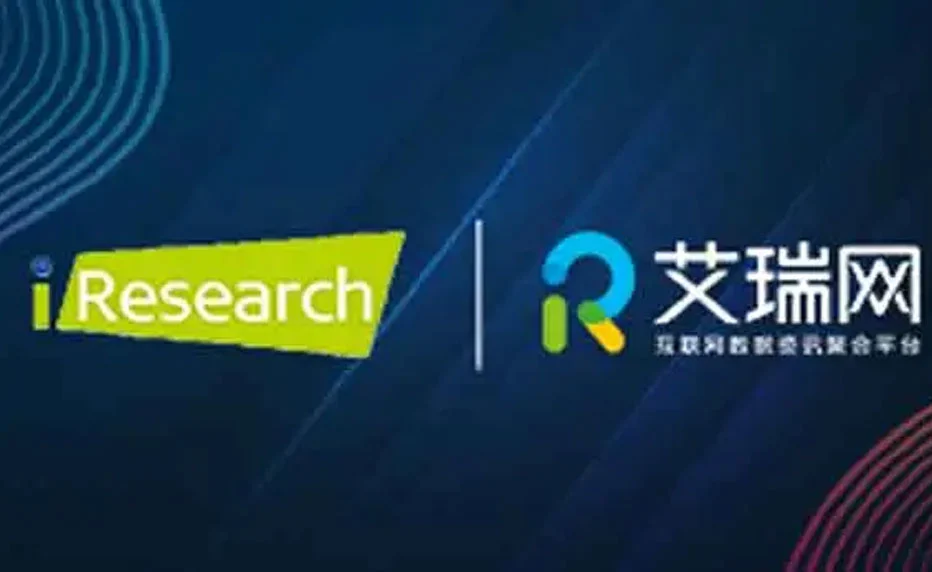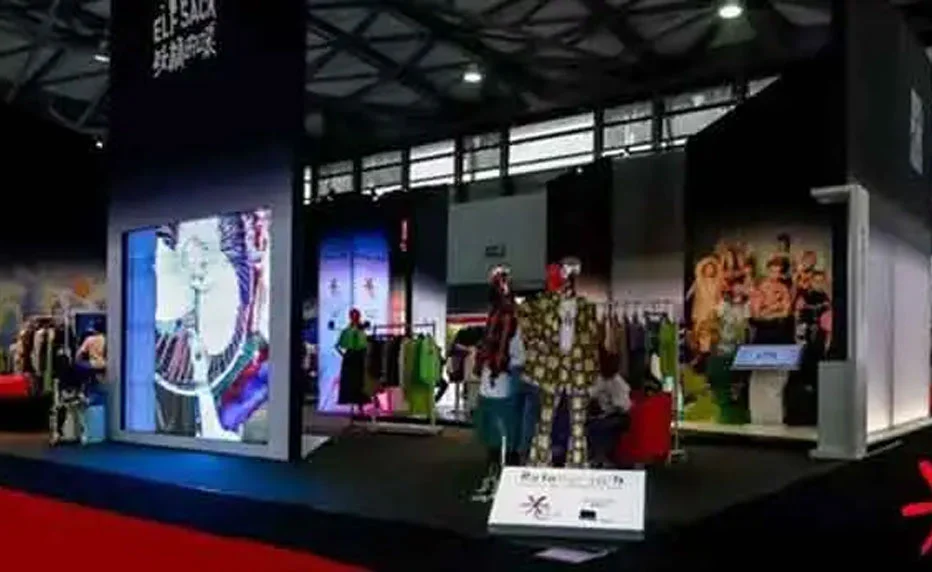Electronic shelf labels (ESL) are an essential application of IoT technology. As an entry point for data collection in IoT, Electronic shelf labels can gather multiple interactive data points and send them to the backend for analysis, ultimately generating reports to optimize operations. Each ESL is connected to a backend server or cloud via networking, allowing for real-time, accurate modifications, displays, and records of prices, product names, barcodes, QR codes, and promotional information.
ESL connects to the IoT network through an embedded wireless communication module, enabling real-time data transmission. This allows the backend system to quickly obtain information about product pricing, inventory, and make adjustments accordingly.
In the IoT architecture, electronic price tag serves as part of the sensing layer, responsible for collecting and transmitting data, providing essential data support for upper-layer applications.
IoT technology enables intelligent management of ESL. For example, when product prices change, the backend system can automatically update the prices on ESLs without manual intervention. This improves management efficiency and reduces the likelihood of human errors.
Additionally, IoT allows remote control and management of ESLs. Administrators can configure and monitor the ESLs remotely using mobile phones, computers, or other terminal devices, ensuring their smooth operation.
The widespread application of electronic shelf tags has accelerated the digitization of stores. Through IoT technology, stores can monitor and manage product information in real-time, improving operational efficiency and management standards. ESLs can also link with other digital devices in the store (such as smart cash registers and smart shelves), collectively creating an intelligent shopping environment.
Bluetooth ESL is simple to operate and can be quickly set up. It allows users to edit and manage the labels independently via mobile phone software through Bluetooth. With just six steps, you can easily bind devices and products and set up related templates. Additionally, it supports dual management on both mobile and desktop platforms, with automatic synchronization across both. One account can be used across two platforms, making it ideal for low-budget scenarios with limited demands.
NFC ESL enables label editing and management via mobile software using NFC technology. With one-to-one control through NFC sensing, it is suitable for small-scale implementations with potential for future expansion.
LCD ESL is the next generation of smart, full-color electronic price tags. Its core features include full-color display, wide viewing angles, dynamic video, split-screen display, lifelike image quality, exclusive image galleries, one code per product, and timed screen shutdown. It is designed as a multimedia interactive marketing solution focusing on "advertising promotions" and "product pricing," supporting multimedia displays like images and videos. With WiFi wireless connectivity, it is easy to install, deploy, and move. Remote centralized control and self-illuminating, vibrant full-color screens make it stylish and suitable for standalone scenarios.
Base Station digital shelf label allows information modifications through the backend, which sends data to an access point (AP) before it is passed to the ESL. The AP, typically mounted on supermarket ceilings, has network capabilities, and its main control unit usually runs on a Linux processor. This is suitable for large-scale management scenarios, such as chain stores.


